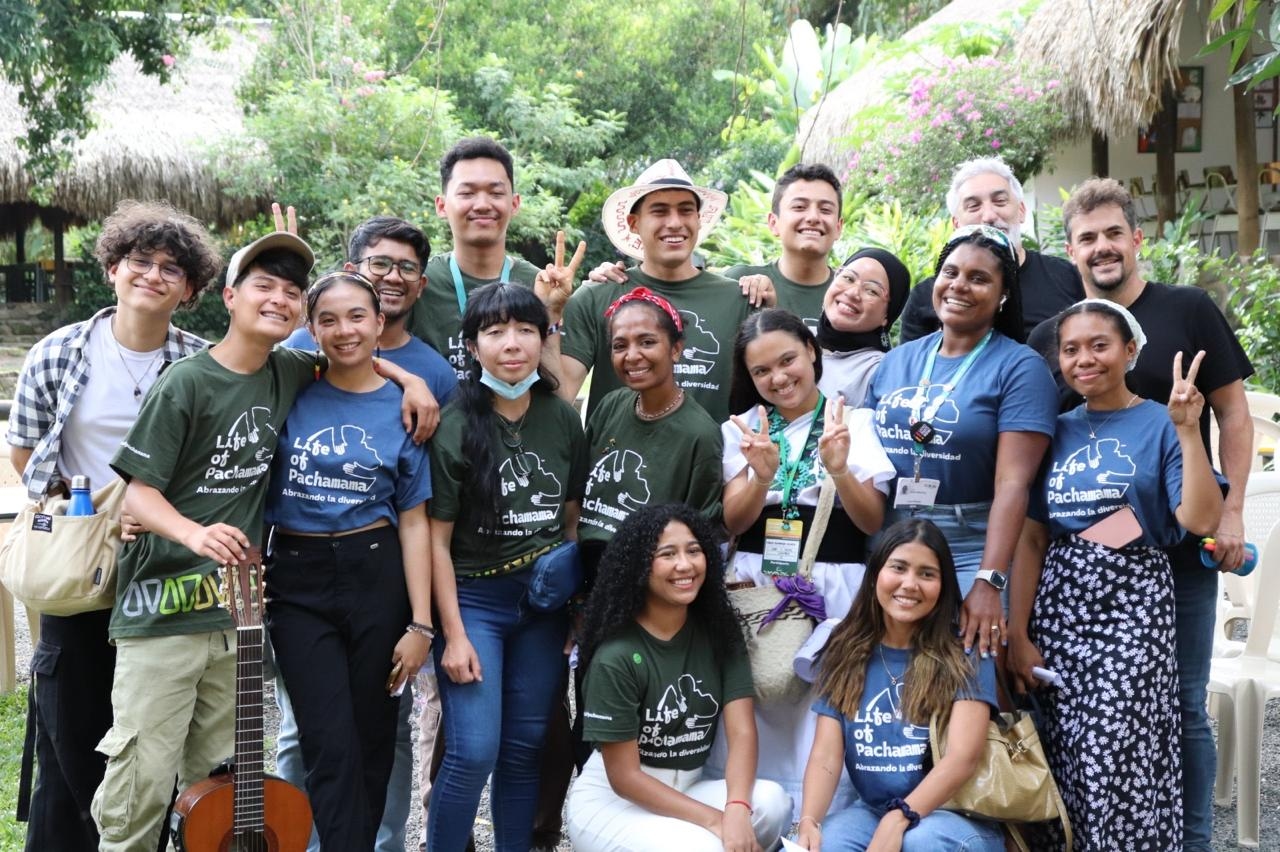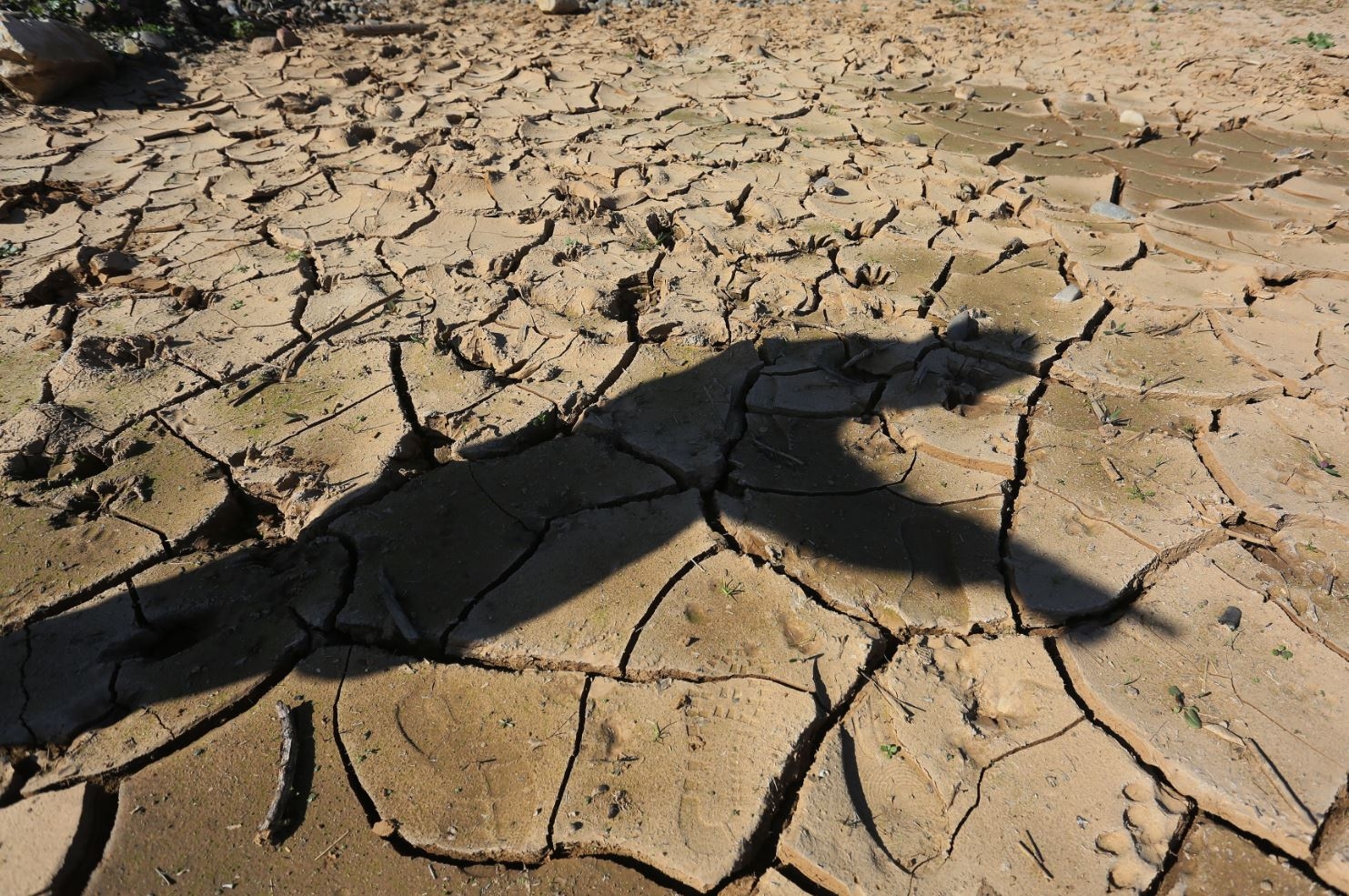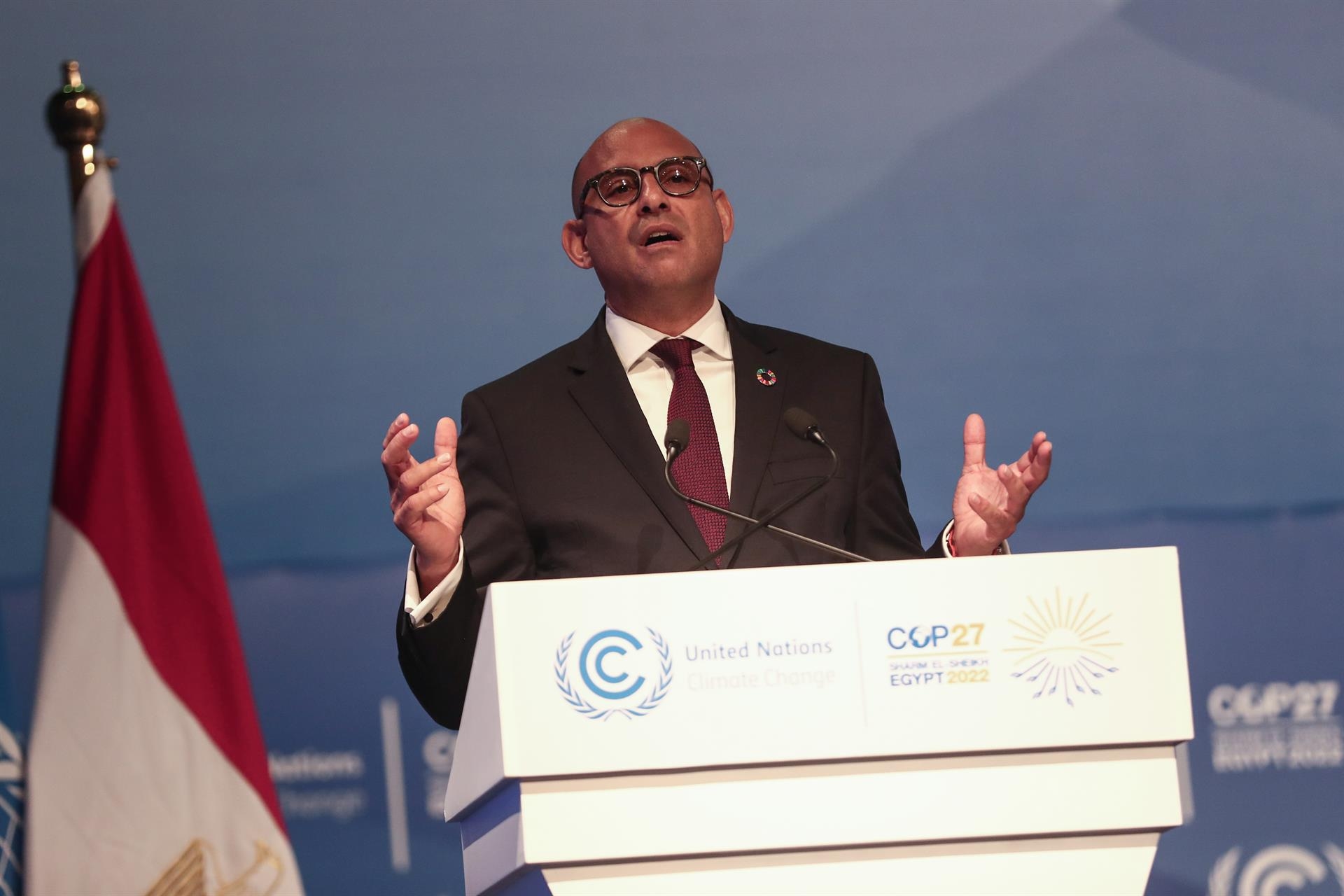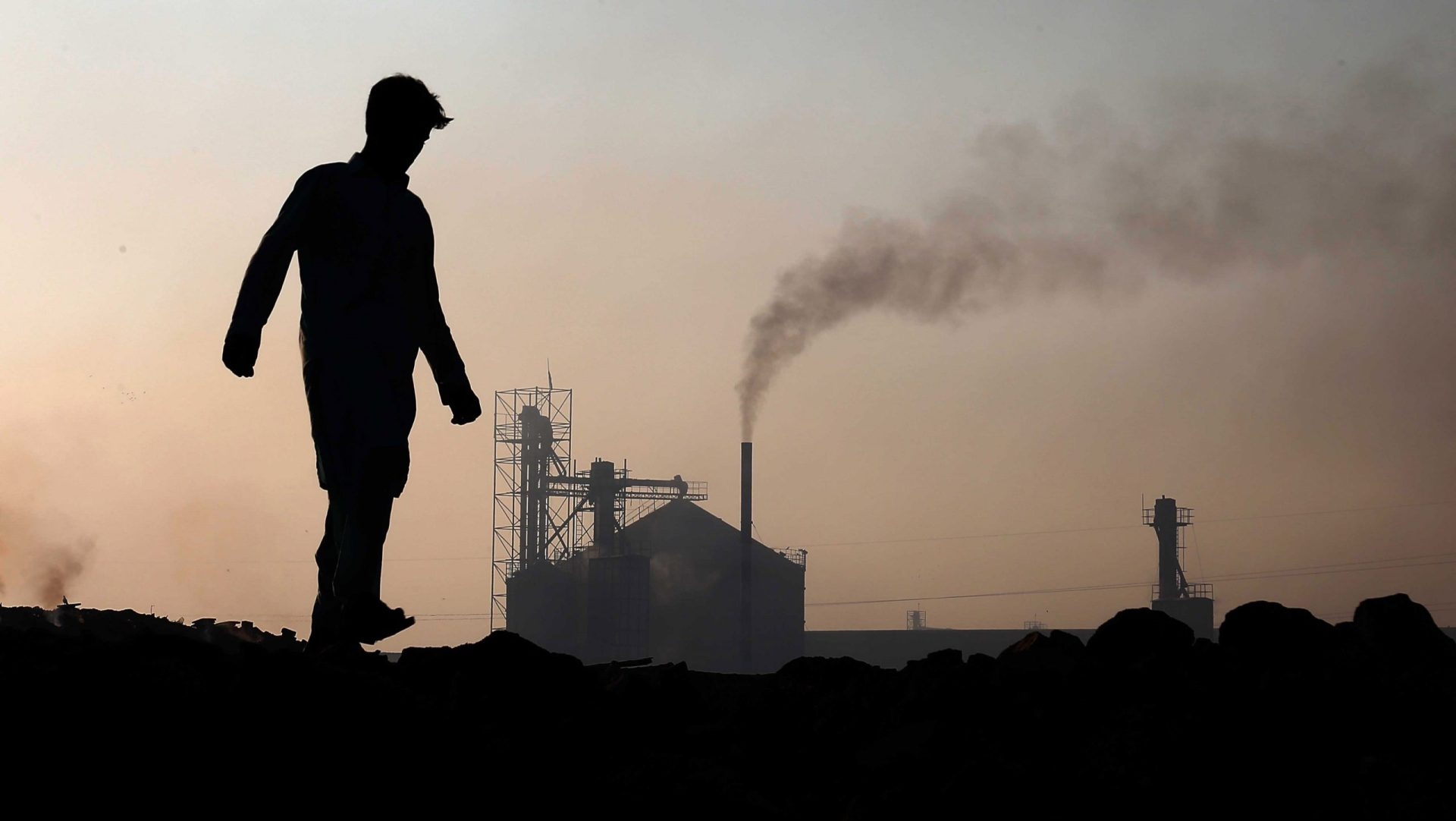UN: Lack of funding for poor countries to combat the climate crisis threatens lives

Nairobi - The UN Environment Programme (UNEP) has warned that a "vast" gap in funding from developed countries to help developing countries adapt to climate change "threatens lives, livelihoods and entire economies."
According to its "Adaptation Gap Report 2025: With an Empty Tank," published as information for the negotiations of next month's UN Climate Change Summit (COP30) in Belém, Brazil, the planning and implementation of adaptation measures are experiencing improvement.
However, he emphasizes, "the financing needs for adaptation in developing countries by 2035 will be at least twelve times greater than current flows of international public financing for adaptation."
Protection of populations and economiesThe report, which is in its tenth edition this year, estimates that the costs of financing the necessary adaptation in poor nations will be "between $310 billion and $365 billion" by 2035, in order to protect their populations and economies from the impacts of global warming.
These values are based on 2023 figures and have not been adjusted for inflation, according to UNEP, which is headquartered in Nairobi, the capital of Kenya.
If current trends are not reversed quickly, he warns, the Glasgow Climate Pact's goal of doubling international public funding for adaptation from 2019 levels to around $40 billion by 2025 will not be achieved.
"Every person on this planet is already living with the effects of climate change: wildfires, heat waves, desertification, floods and the rising cost of living," UNEP Executive Director Inger Andersen said in a statement.
"If we don't invest in adaptation now, we will face increasingly higher costs every year," Andersen added.
UNEP points out that, although 172 countries worldwide have adaptation strategies, 36 have not updated them in at least a decade, increasing the risk of ineffective or misguided responses.
The value of new adaptation projects supported by multilateral funds — such as the Green Climate Fund and the Global Environment Facility — reached $920 million in 2024, an 86% increase over the average of the previous five years.
UNEP emphasizes that, although 172 countries worldwide have adaptation strategies, 36 have not updated them in at least a decade, increasing the risk of ineffective or misguided responses.
The value of new adaptation projects supported by multilateral funds — such as the Green Climate Fund and the Global Environment Facility — reached $920 million in 2024, an 86% increase over the average of the previous five years.
Uncertain futureHowever, the agency warns that this rebound could be temporary, as "emerging financial constraints make the future uncertain."
The new collective goal adopted at COP29, held in 2024 in Baku, the capital of Azerbaijan, commits developed countries to contribute at least $300 billion annually for climate action in poor countries by 2035, the report notes.
But that figure, he adds, covers both mitigation and adaptation and is still insufficient to close the financial gap.
UNEP is calling for the so-called “Baku-Belem Roadmap”, which aims to mobilize $1.3 trillion by 2035, to prioritize grants and non-debt-generating mechanisms, in order to avoid exacerbating the financial burden on vulnerable countries.
COP30 will be held in Belém from November 10 to 21, with the aim of accelerating the implementation of the Paris Agreement (2015) and mobilizing large-scale climate finance for the Global South, among other objectives. EFEverde
aam/pa/cc
efeverde





